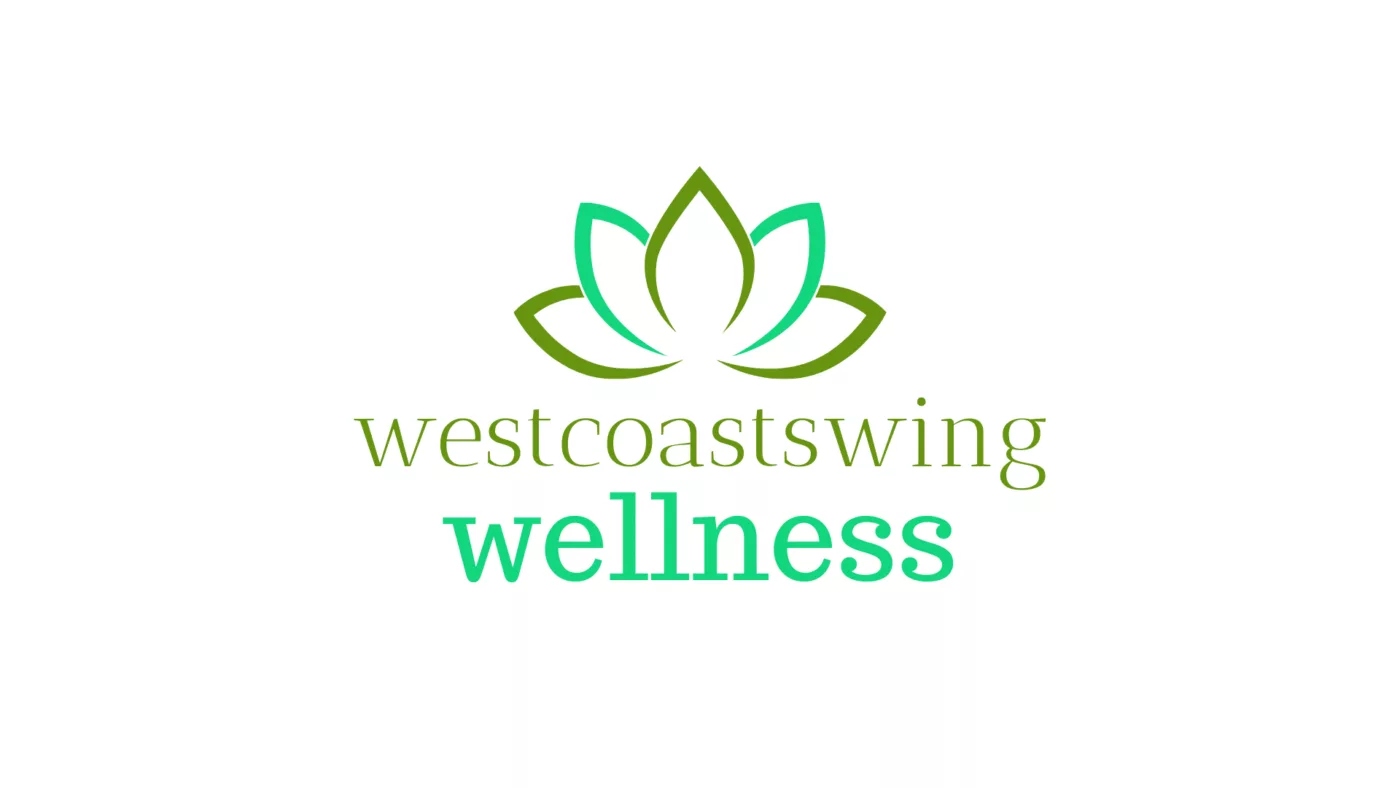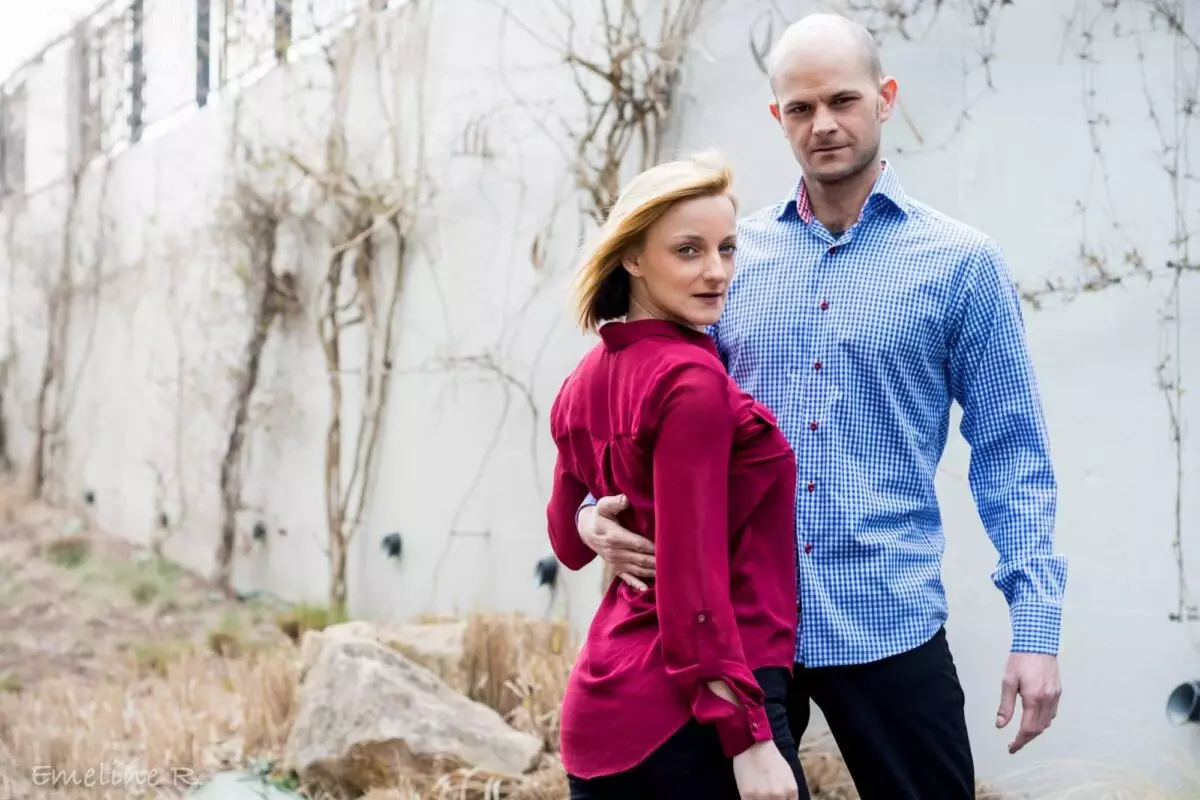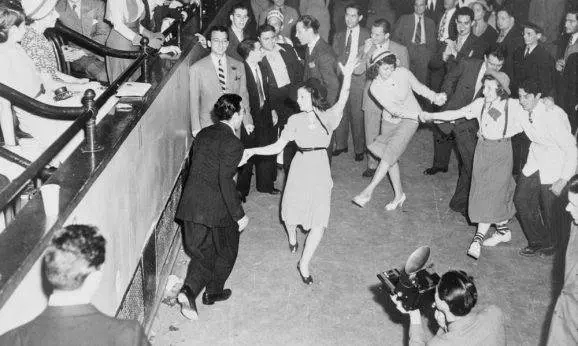West Coast Swing Levels
The West Coast Swing Levels system helps the community advance with a clear flow of progression through Levels 1-6. Bringing dancers together of similar experience and ability can be a huge aid in the endeavor to improve our dancing. As with many systems, It also has it’s drawbacks! Here is our perspective on how it works across the European community. Also, where it works, where it doesn’t and what we’re doing to help you to understand the WCS Level system.
Events
At the largest WSDC events in Europe you will find the need to offer your workshop level relative to your WSDC registry Jack & Jill division. This system is slowly filtering down through Intensives, workshops and regular classes across the world. Although this is not yet standardised everywhere here is a rough outline of how it works,
- Beginner – Just starting out (Often not catered to at large events) | Level 1
- Newcomer – Got the Basics of social dancing. Compete in this division until have confidence to venture forward or after a 1st place. | Level 2
- Novice – Have a firm understanding of WCS. No prerequisite to enter this division. Considered the entry level for J&J competitions. | Level 3
- Intermediate – At least 16 Novice WSDC points required. Dancers usually beginning to travel internationally for events. | Level 4
- Advanced – At least 30 Intermediate points. Many dancers at this stage have begun teaching and other apprentice roles, great dancers. | Level 5
- Allstar – At least 60 Advanced points. Semi-Professional & Professional Teachers, Judges, all round fantastic dancers. | Level 6
Note – The main body of the Social WCS community, at least in the UK, fits between Levels 1-4, with a sprinkle of Levels 5 & 6. An ‘Advanced’ workshop attendance does not give you access to the Advanced level of competition nor Level 5 workshops.
Having said all of this, you should realise that that levels fluctuate from region to region and event to event. If assigned Level 3 at one event, it won’t guarantee you will receive the same level at the next event.
Where did ‘Levels’ come from?
West Coast Swing Levels came to the Global WCS community when Europe joined the party, in the mid 2000’s. US Pro’s started to get invited to Europe and European Pro’s started travelling to the US in equal measure. It is our understanding that Sea, Sun & Swing was the first event to incorporate a ‘Level’ system in WCS workshops which was adopted from the Lindy side of the event. So, somewhat of a natural progression for a lot of the Southern France community. Even with it being familiar to the local community. There were still rumours of the ‘Crying room’ where unsatisfied dancers found themselves.
Nevertheless, the Level program of workshops was largely welcomed warmly by the US instructors who were not very familiar with this event set up but saw the benefits immediately. At Midland Swing Open in 2010, we began offering an ‘Advanced’ level workshop track. Held in a tiny room and included 4 workshops throughout the weekend. Your ticket into the workshop required you to have Advanced WSDC points and became the first levelled workshop in the WCS UK community. It is amazing to think how many of the dancers in those workshops are now European Allstar and Champion dancers, Event Organisers, Teachers and Judges located all over the world.
When it works well?
Offering a comfortable space within which to learn is so important. Some Level 2 dancers can feel pressured when higher level dancers are in the rotation or simply in the room. New dancers can also feel intimidated by not knowing who to ask to dance in the social dance parties. In fear of asking the ‘wrong’ person they sometimes don’t ask anyone at all.
Grouping dancers together by ability allows teachers to tailor the information they are offering to guide the group to get to the next stage of their development. Often an instructor will base a workshop off of what was witnessed ‘en masse’ within a J&J division knowing that they have that group the following day in class.
Having separate Levels can leave for a much more positive experience for both Instructors getting gratification from a larger majority of the group and participants realising the reward of growth For dancers that don’t compete there is usually an audition process so that you be placed in the level that best suits your dance ability regardless of your WSDC registry points or lack thereof.
To get the best result from the audition process and workshop levels, it helps if the workshop levels are full and everyone attends the audition. Even if you are content with the level that you are already assigned. This allows the selection panel and general dancers alike to see the full spread of dancers in attendance to make the assessment more accurate.
When it works less than well?
Can be when dancers wear their workshop wristbands all weekend to let people know which level they are.
or when organisers move dancers to balance Roles or to make groups appropriate for the size of rooms used.
If organisers do not restrict access to levelled workshops and dancers do not use their own better judgement. It can leave instructors and participants with a negative experience of not feeling good enough to achieve the material or concepts in the class.
There is a flawed notion that the amount of time spent dancing WCS is an indicator of which level a dancer should be eligible for. Every individual learns at a different rate and will have many different factors that affect there personal progression.
How we’re trying to help you understand the West Coast Swing Levels System.
At our website, you will find lots of useful infographics and documents to help get an idea of the bigger picture and how far along the learning curve you are already.
We’ve also added video tutorials that compliment our approach to the Levels in WCS. 10 video lessons for Level 2 and 21 video lessons for Level 3. We consider these courses to be a guide to the minimum standard for these levels. Learning the material will NOT guarantee you will gain the correlating level at an event. Although, it should give you an idea of what you should be aiming for.
Learning the material on an intellectual level is far from it being a practised technique that can be demonstrated when necessary in an audition or competition. So although you may have learnt all the steps, you might need to practice it on a regular basis to bring the knowledge into muscle memory.
To conclude,
We feel that the level system does offer more positive than negative and although it isn’t always perfect. It does help greatly with the growth and development of the WCS community. Seeing International events incorporating levels into their events is testament to how well it’s worked in Europe.
The best approach you can have is to take the level offered at face value. This level does not grade you as a human being and you shouldn’t feel unworthy of the higher level. It means that at that event, on that weekend, in that year that you’re of the same ability level as those also assigned to the same level.
The instructors will always gear the workshop to the dancers in the group. Even if that means them changing plans, not making it through or adding material on the spot. Rest assured that whichever level you’re assigned, the instructors will cater the lesson to the group of people in attendance.
Feel free to contact us for further guidance or support as you develop in WCS. Our objective is to help you find confidence within your dancing so that you can enjoy WCS even more.





